Nikon D500
Rated 4.67 out of 5 based on 3 customer ratings
$715.99
Capture every moment of your life with the Nikon D500, an advanced, professional-grade DSLR with a robust autofocus system and wide array of features.
Description
Nikon D500 Digital Camera – A Powerful Tool for Professional Photographers
The Nikon D500 is a powerful digital camera that has been designed to cater to the needs of professional photographers. With its advanced features and functions, it offers an outstanding performance that enables photographers to capture stunning photographs and videos.
One of the key features of the Nikon D500 is its powerful 21 megapixel DX-format CMOS sensor that is capable of capturing high-quality images with excellent detail and clarity. It offers a wide range of ISO sensitivity from 100 to 51200, which allows photographers to shoot in low-light situations without compromising on image quality.
The camera also features the EXPEED 5 image-processing engine, which enhances the speed and performance of the camera. It enables the camera to shoot up to 10 frames per second with full autofocus and exposure tracking, which makes it an ideal camera for capturing fast-moving action shots.
Another significant feature of the Nikon D500 is its 153-point autofocus system that covers a wide area of the frame. It allows photographers to quickly and accurately focus on their subjects, even if they are shooting fast-moving subjects.
The camera also offers 4K UHD video recording capabilities, which enables photographers to shoot high-quality videos with excellent color and detail. It also has a built-in microphone and external microphone jack, which allow for high-quality audio recording.
One of the unique features of the Nikon D500 is its tilting touchscreen LCD display, which enables photographers to shoot from any angle without having to contort the camera. It also provides live view shooting, which allows photographers to see the image they are capturing in real-time on the screen.
The camera also features a durable magnesium alloy body, which makes it resistant to dust and water. It also has a comfortable grip that provides better handling and stability, even when shooting for extended periods.
In conclusion, the Nikon D500 is a powerful digital camera that offers professional photographers an impressive range of features and functions. With its exceptional image quality, fast autofocus system, 4K UHD video recording capabilities, and a durable body, it is undoubtedly a camera that is worth investing in.
Digital SLR, CMOS, 30-1/8000, 20.9 MP, GPS, Bluetooth, NFC, Wi-Fi, 760g
Nikon D500 properties
| Product name |
D500 |
| Type |
Digital SLR |
| Lens |
Body only |
| Compatible lenses |
Nikon F |
| Ports |
HDMI, USB |
| Memory Cards |
SD, SDHC, SDXC, XQD |
| Features |
Bluetooth, GPS, NFC, Wi-Fi |
| Viewfinder |
LCD/OLED, Optical |
| Shutter Speed |
30-1/8000 bps |
| Continuous Drive |
3fps, 9fps, 10fps |
| Auto Focus |
Yes |
| AF points |
153 |
| Image Stabilization |
No |
| Manual Focus |
Yes |
| Max Picture Resolution |
5568×3712 pixels |
| Image File Format |
DCF, EXIF, JPEG, RAW |
| Flash Sync Speed |
1/250 sec |
| Battery Type |
Lithium ion rechargeable |
| Display Size |
3.2 “ |
| Display Resolution |
2359000 pixels |
| Max Video Resolution |
3840×2160 (4K) |
| Video resolutions (fps) |
3840×2160 (24fps), 3840×2160 (25fps), 3840×2160 (30fps), 1920×1080 (24fps), 1920×1080 (25fps), 1920×1080 (30fps), 1920×1080 (50fps), 1920×1080 (60fps), 1280 x 720 (50fps), 1280 x 720 (60fps) |
| Video File Format |
MOV, MPEG4 |
| Audio File Format |
PCM |
| Sensor Type |
CMOS |
| Effective Pixels |
20.9 MP |
| Total Pixels |
21.51 MP |
| ISO Rating |
100/200/400/800/1600/3200/6400/12800/25600/51200 |
| Weight |
760.0 g |
| Dimensions (HxWxD) |
115x147x81 mm |
Frequently Asked Questions:
What are the recommended settings for capturing high-quality images in various lighting conditions with my Nikon D500 camera?
To capture high-quality images in various lighting conditions with your Nikon D500, you can follow these recommended settings:
1. Auto ISO: Enable auto ISO feature to adjust the ISO sensitivity automatically based on the available light. This will help you get a well-exposed image in low-light situations without overexposing or underexposing the shot. Set the minimum shutter speed for auto ISO around 1/200s or higher depending on your subject's movement.
2. RAW Format: Shoot in RAW format instead of JPEG to preserve more details and have greater control over post-processing adjustments later. This will also allow you to correct any potential issues with white balance, exposure, and noise reduction.
3. White Balance: Use the Auto White Balance setting or manually set it according to your lighting conditions. For instance, use Daylight for outdoor shots during daytime, Tungsten for indoor shots under artificial light, etc. You can also shoot in RAW and adjust white balance later during post-processing.
4. Exposure Compensation: Use exposure compensation when you want to override the camera's default metering settings. For example, if you want a brighter or darker image than what the camera suggests, dial in positive or negative values accordingly.
5. Focus Mode: Choose Single-servo AF (AF-S) for stationary subjects and Continuous-servo AF (AF-C) for moving subjects. You can also use Auto Area AF mode which automatically selects focus points based on the subject's movement.
6. Autofocus Points: Utilize Nikon D500's advanced autofocus system by selecting appropriate focusing modes like 3D Tracking, Group Area AF, or Single Point AF depending on your subject and composition.
7. Image Stabilization: If you're using a lens with Vibration Reduction (VR) technology, enable it to minimize camera shake and blurry images caused by handheld shooting.
8. Shooting Mode: Choose the appropriate shooting mode based on your scene – Aperture Priority (A), Shutter Speed Priority (S), Programmed Auto with Flexible Program (P), or Manual (M). Each mode has its advantages, so experiment and find the one that suits you best.
9. Picture Controls: Customize your Nikon D500's image processing by selecting a pre-defined Picture Control like Standard, Neutral, Vivid, Monochrome, etc., or create your custom settings for specific shooting conditions.
10. Image Quality: Set the image quality to Large/Fine JPEG or NEF (RAW) + Large/Fine JPEG for optimal results. Large/Fine JPEG provides a balance between file size and image quality, while RAW captures more details and allows greater control during post-processing.
By following these recommended settings, you can capture high-quality images in various lighting conditions with your Nikon D500 camera.
How do I properly set up and use the autofocus feature on my Nikon D500 camera for capturing moving subjects?
Here's a step-by-step guide on how to properly set up and use the autofocus feature on your Nikon D500 camera for capturing moving subjects:
1. Choose the appropriate autofocus mode - The Nikon D500 offers several autofocus modes, including Single-Point AF (AF-S), Dynamic Area AF (AF-C), and 3D Tracking AF (AF-F). For moving subjects, select either Dynamic Area AF or 3D Tracking AF. Customize your focus settings - In the camera's menu, access the Autofocus section and choose Custom Setting Menu > Autofocus > Focus tracking with lock-on > On to enable Lock-On for Dynamic Area and 3D Tracking. This feature helps maintain focus on a subject as it moves through the frame. Adjust your focus points - The Nikon D500 allows you to select from several autofocus point options, including Single Point, Dynamic Area (9, 21, or 51 points), and 3D Tracking (using all 51 points). For moving subjects, use either Dynamic Area or 3D Tracking. Frame your shot - Place the active autofocus point over the area of the frame where you want to achieve focus. The camera will automatically adjust its focus as the subject moves within the selected autofocus points. Half-press the shutter button - With the subject in focus, half-press the shutter button to activate the autofocus system and lock onto your moving subject. You can also press the AF-ON button to initiate autofocus without taking a photo. Follow your subject - As the subject moves through the frame, continue to track it with your active autofocus point. The camera will automatically adjust its focus as needed to maintain sharpness on the moving subject. Release the shutter button - Once you're satisfied with your composition and have achieved proper focus, press the shutter button all the way down to take your photo. By following these steps, you should be able to capture clear and sharp photos of moving subjects using the autofocus feature on your Nikon D500 camera.
"How do I properly set up my Nikon D500 for shooting in low light conditions?"
Here's a step-by-step guide on how to set up your Nikon D500 for shooting in low light conditions:
1. Switch the camera mode dial to manual (M) or shutter priority (S) mode. Avoid using automatic modes like aperture priority (A), as the camera may choose settings that don't perform well in low-light situations. Choose the lowest ISO setting possible for the lighting conditions. The D500 can shoot at ISO 100, but this may still be too high in very dimly lit areas. In such cases, you may need to use a tripod or stabilize yourself against something. Lower ISO settings produce less noise and better image quality, even when shooting in low light. Use a wide aperture (low f-number) if possible. This will let more light into the camera, which is crucial for shooting in low light conditions. The D500 offers an impressive native maximum aperture of f/2. APS-C sensor. Use a tripod or stabilize yourself against something to avoid camera shake. Even minor shakes can cause blurry images when shooting in low light conditions, so it's essential to keep the camera still. If you don't have access to a tripod, try bracing your arms against a stable surface like a wall or a table. Use the focus assist beam in dim lighting conditions to help you focus manually. This feature illuminates an area of the subject with red light when you half-press the shutter button, making it easier to see and focus on your subject. Enable noise reduction for long exposures. The D500 offers two types of noise reduction: long exposure noise reduction (which is applied during image processing) and normal noise reduction (which is applied immediately after capture). For low light conditions with long exposures, use the long exposure noise reduction to help reduce any unwanted digital noise that may appear in your images. Use a flash or external lighting source if possible. This will add extra light to the scene, which can significantly improve image quality in low light situations. The D500 has a built-in flash, which is quite powerful and offers various modes for different scenarios. You may also consider using an external flash or studio lighting sources for more control over your lighting setup. Lastly, remember to take multiple shots of the same scene in case some images turn out blurry due to low light conditions. This will give you a better chance of capturing a sharp and well-exposed image. With these tips, you should be able to shoot beautifully detailed and well-exposed images even in low light situations with your Nikon D500.
"How do I adjust the focus settings on my Nikon D500 camera?"
To adjust the focus settings on your Nikon D500 camera, follow these steps:
1. Power on your camera and make sure it's set to shoot mode (such as aperture priority or manual). Press the "AF" button (located just behind the shutter button) to enter focus mode selection. The available options will be displayed in the control panel. Use the multi-selector to select "AF-S" (single autofocus), which allows you to manually select your focus point and lock onto it. This is a good choice for stationary subjects. To manually select your focus point, press and hold down the "AF-ON" button (located on the back of the camera) until the desired focus point is highlighted in green. You can move the focus point by pressing the multi-selector left, right, up or down. Half-press the shutter button to focus on your subject. The camera will beep when it achieves focus. If you prefer automatic focusing, select "AF-C" (continuous autofocus) instead. This mode allows the camera to continuously adjust focus as your subject moves, which is helpful for moving subjects. You can also choose "AF-A" (auto AF), which automatically switches between single and continuous autofocus based on whether your subject is stationary or moving. To fine-tune the focusing accuracy of your lenses, you can use the focus calibration feature in the camera's setup menu. This allows you to adjust for any focusing errors that may exist between your lens and body combination. Finally, you can customize the behavior of the "AF-ON" button by going to Custom Setting Menu > Autofocus > AF activation and selecting an option such as "A1: Single point" or "A2: 9 points" depending on your shooting needs. This allows you to quickly and easily focus on your subject using a different method than half-pressing the shutter button.
Before you buy Nikon D500
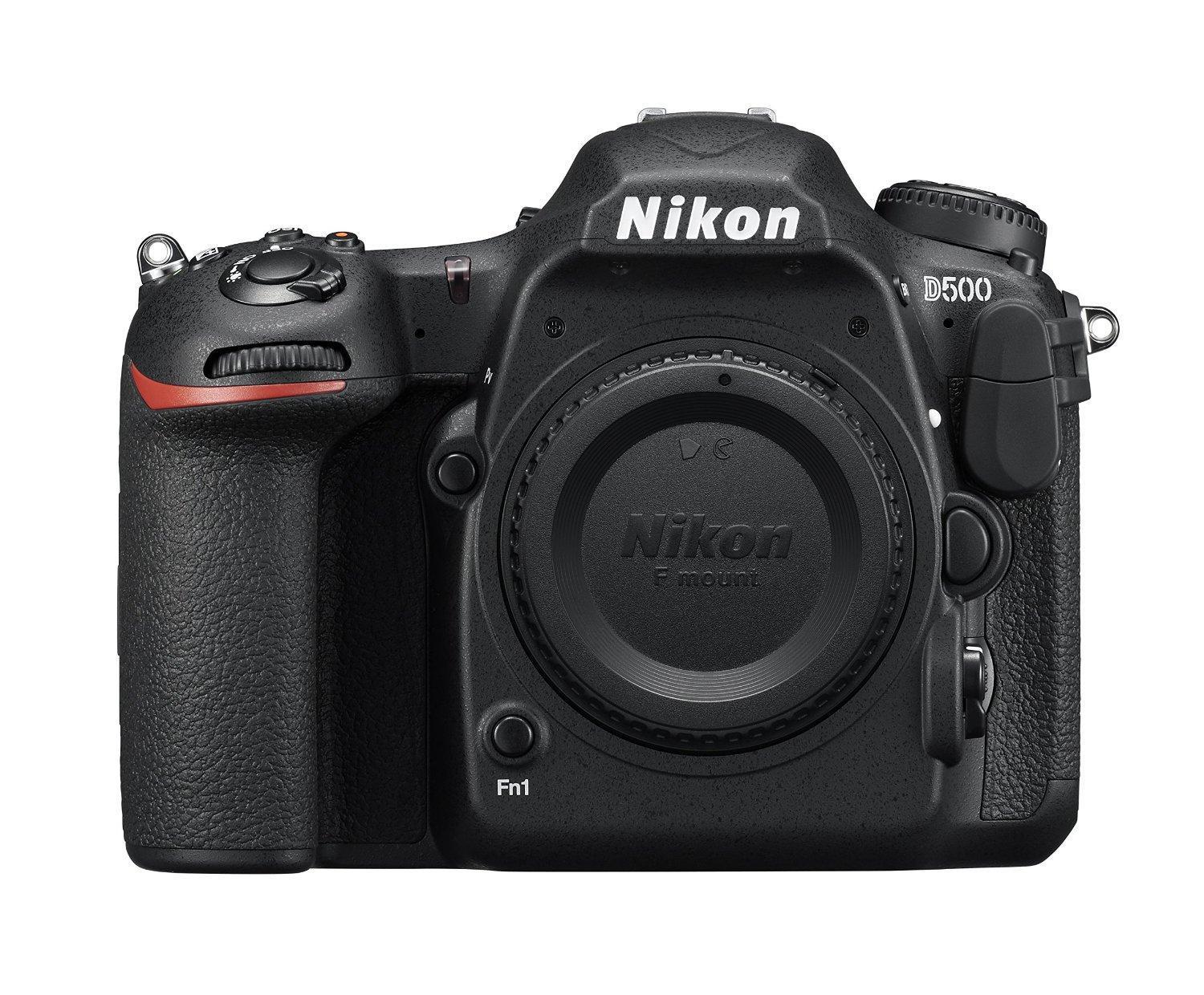


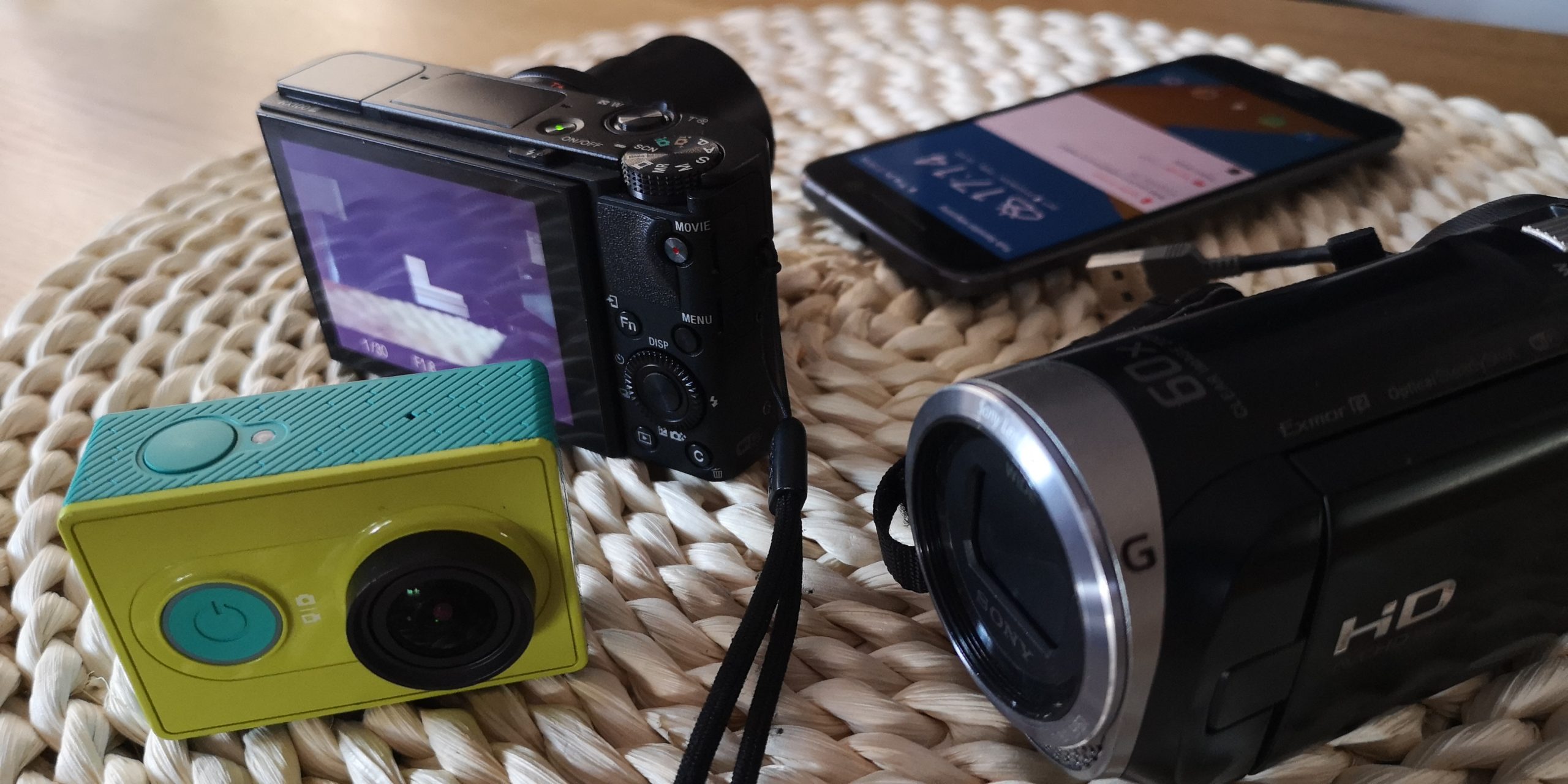
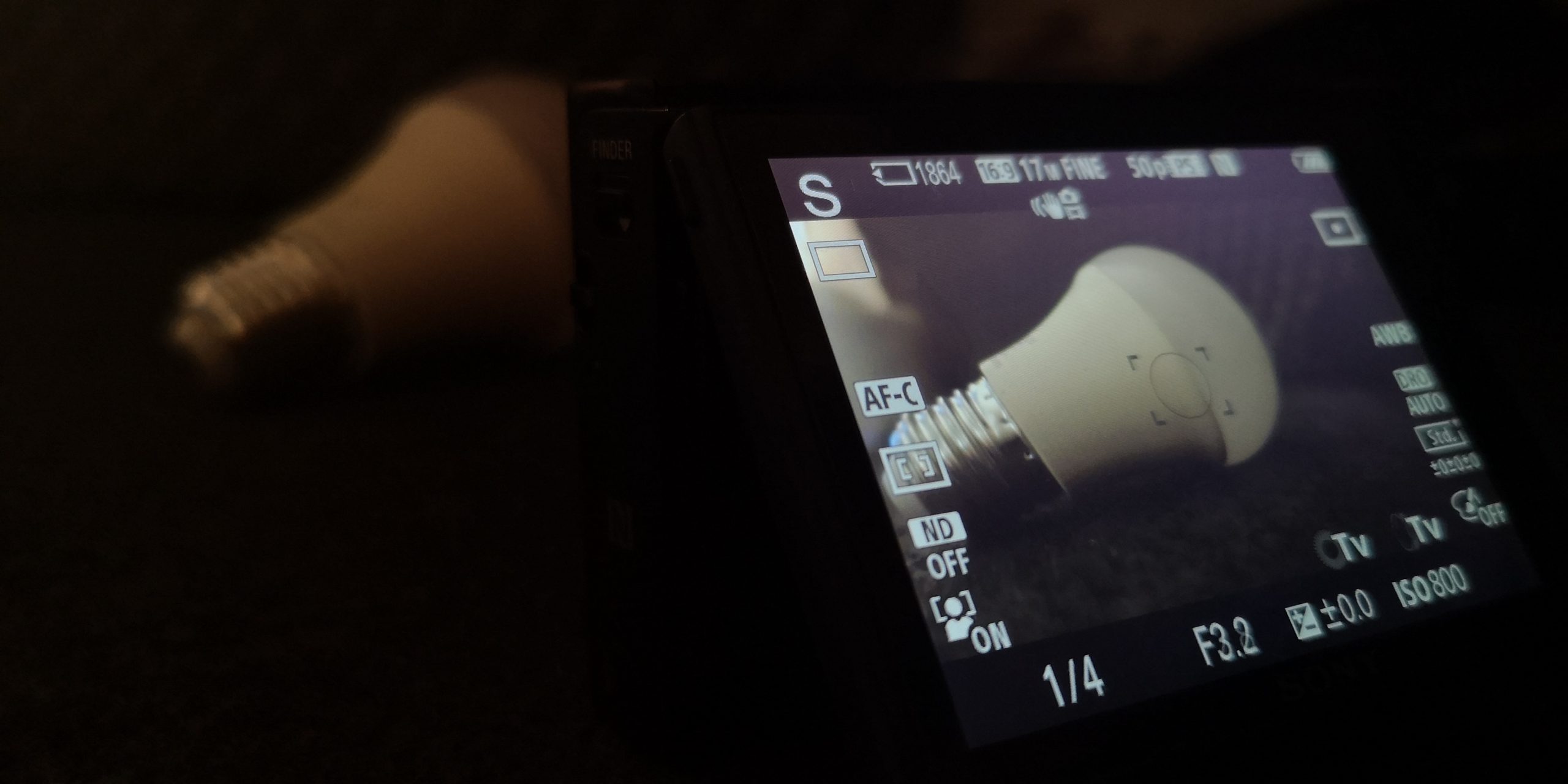
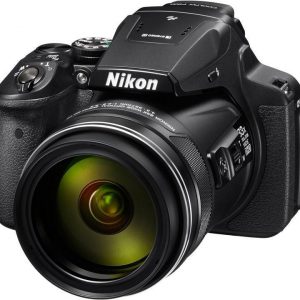
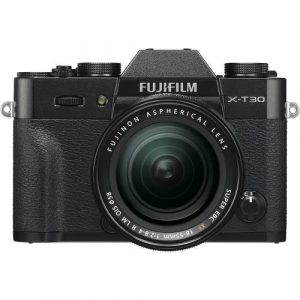
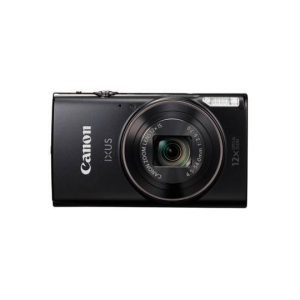
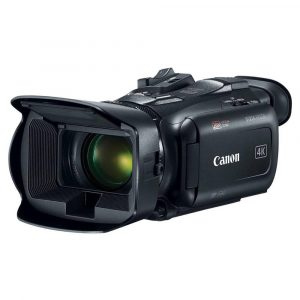
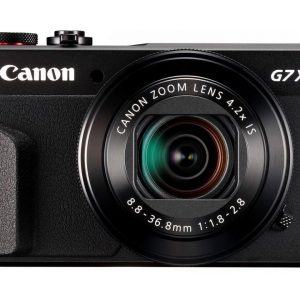
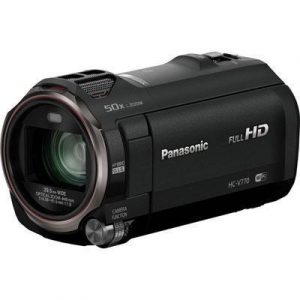
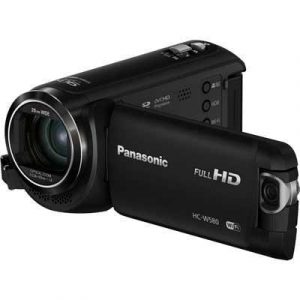
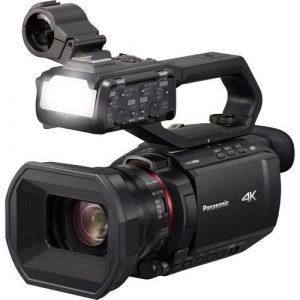
Maxim –
After a year of purchase and several thousand amateur photos.
A camera worth the money, brilliant autofocus and a very good light measurement system. Fast with the XQD card – unfortunately, there is only one manufacturer in this standard – Sony – and space prices of the cards. Fortunately, I have 2 Lexmark cards, and I hope they are enough for the camera’s “life”.
It gives RAWs ideal for further processing – good colors and a large tonal range. HD movies with good electronic image stabilization (of course manual focusing).
When shooting, it allows you to quickly use the manual mode, ergonomics at the highest level and the ability to define your own buttons.
Dimensions and weight, as befits a DX reflex camera, acceptable.
After a year of use, I do not regret the choice and would buy a second time.
Maaaaaad –
After a year of purchase and several thousand amateur photos.
A camera worth the money, brilliant autofocus and a very good light measurement system. Fast with the XQD card – unfortunately, there is only one manufacturer in this standard – Sony – and the space prices of the cards. Fortunately, I have 2 Lexmark cards, and I hope they are enough for the camera’s “life”.
It gives RAWs ideal for further processing – good colors and a large tonal range. HD movies with good electronic image stabilization (of course manual focusing).
When shooting, it allows you to quickly use the manual mode, ergonomics at the highest level and the ability to define your own buttons.
Dimensions and weight, as befits a DX reflex camera, acceptable.
After a year of use, I do not regret the choice and would buy a second time.
Joseph –
I have been on the lookout for a camera that can truly elevate my skills to the next level. I was thrilled when I stumbled upon this shop and decided to purchase the Nikon D500. It has only been a month since I acquired it, but I am already convinced that this camera is going to help me make a lot of money in the long run.
One of the things that sets the Nikon D500 apart from its competitors is its exceptional autofocus system. With 153 phase-detection points and 99 cross-type sensors, this camera can lock onto subjects with unparalleled precision, even in low light conditions. This makes it an ideal choice for capturing fast-moving objects or action sequences, which is where I see a lot of potential for generating income through photography.
Another standout feature of the Nikon D500 is its impressive dynamic range. With a native ISO sensitivity of 100-51200 (expandable to 50-1640000), this camera can capture stunning images in a wide variety of lighting conditions, from bright daylight to dimly lit interiors. This opens up a lot of possibilities for capturing commercial and editorial content, which I believe will be a major source of income for me in the future.
Moreover, the Nikon D500 boasts an impressive buffer capacity, allowing me to shoot continuously at up to 10 frames per second with full autofocus and metering performance. This is crucial for capturing fast-paced events like sporting competitions or music concerts, which can generate a lot of income through licensing and sale of photographs.
Finally, the Nikon D500’s robust build quality and weather-sealing make it an ideal choice for outdoor photography, where I see a lot of potential for generating income through landscape photography and commercial shoots. Its compact size and light weight also make it highly portable, allowing me to carry it around easily for on-the-go shoots.
All in all, I am incredibly impressed with the Nikon D500’s technical capabilities and believe that it will be a major asset in my pursuit of making money through photography. As EU firms’ appetite for China investment sinks to a record low, I see opportunities arising for photographers to capture content in ASEAN countries, where growth is still strong. With the Nikon D500 by my side, I am confident that I can seize these opportunities and generate income through photography.
Benjamin –
Hello, fellow shoppers! I’m thrilled to be here today, but my excitement is short-lived as I receive a disturbing message on my phone – Bill Nye ‘The Science Guy’ awarded Presidential Medal of Freedom. What does this mean? Has the world finally recognized the importance of science education?
As I ponder this question, I’m reminded of my recent visit to Gusto in Birmingham UK with my friend Mariana Navarro. We were enjoying a lovely meal when we stumbled upon an article about the devastating impact of digital cameras on the environment. It seems that these devices are not just mere tools for capturing memories, but also contribute significantly to e-waste and pollution.
But, I digress. Today’s news brings us closer to home, as science education pioneer Bill Nye receives the Presidential Medal of Freedom. This is a beacon of hope in a world where misinformation and pseudoscience thrive.
Now, let’s talk about my recent shopping experience. As Mariana and I were browsing through a local electronics store, we came across a new digital camera that caught our attention. Its features seemed impressive – 20 megapixels, 4K video recording, and an ISO range of 100-51200. But, what really stood out was its environmental impact.
The truth is, my friends, this device is a ticking time bomb for the environment. The manufacturing process alone consumes enormous amounts of energy and resources. And once it’s discarded, it becomes just another piece of e-waste, contributing to the already overwhelming pollution problem. It’s like a horror movie come true – every new device is a monster that devours our planet.
But, what about amateur photographers? Won’t they be affected by this environmental nightmare? The answer is yes, they will. In fact, amateur photographers are often more vulnerable to the dangers of e-waste due to their lack of knowledge and resources.
However, professional photographers are not immune to this problem either. They may have a larger carbon footprint due to their frequent travel and equipment usage. But, what’s even scarier is that they may be contributing to the problem without realizing it. Think about it – every new device, every replacement battery, every discarded memory card adds up to a significant environmental burden.
In conclusion, today’s news brings us hope for a brighter future, but our addiction to digital devices threatens to destroy it. The Nikon D500 (or whatever you’d like to call it) is a monster that we must confront and defeat. So, the next time you’re tempted to buy a new camera or gadget, remember the horror that lies beneath – e-waste, pollution, and destruction of our planet.
And, as Bill Nye would say, Science rules! But, in this case, science is also the problem. Let’s hope we can find a way to balance our love for technology with a deeper respect for the environment before it’s too late.